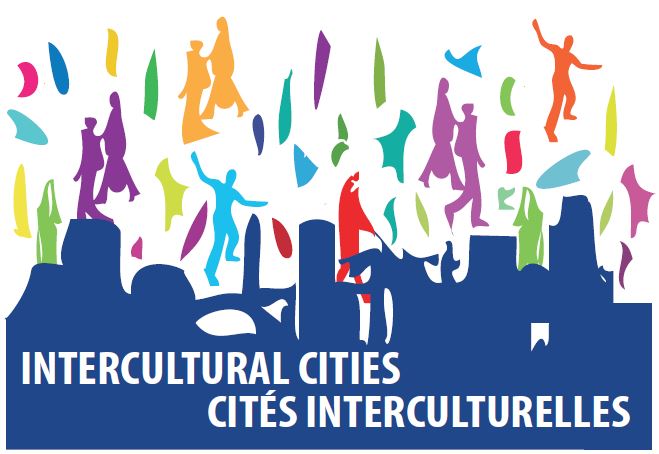Purpose: The main objectives of the Intercultural Assemblies developed in the three cities were:
- Define main future challenges for intercultural dialogue at local level.
- Identify the main areas/topics of interest for the future.
- Understand how to further develop policies promoting intercultural dialogue in the future.
Stimulus/Rationale: According to the Intercultural Assemblies Methodology, the practice focused on strengthening the role of local authorities in the fields of diversity and participation, starting from the elaboration of a common “bottom-up” methodology and offering to the municipalities the possibility to strengthen the engagement of local stakeholders on the key topics identified by the Intercultural Assemblies.
Process:
- The Intercultural Assemblies started from the inputs given through an initial study with the aim of collecting and analysing participatory processes that cities/local authorities have activated within the framework of their intercultural policies
- Then, a structured participatory process was developed, taking into account not only the form and the organisation of the participation, but also the level of engagement of citizens, the diversity involved, and the contents/topics addressed.
- Case studies and practices were collected and shared with cities, based on the results of a concrete experience/exercise of designing and/or even implementing some intercultural public policies based on participation.
- Common guidelines to support cities in developing the whole process have then been elaborated.
- Engagement of Citizens with Different Backgrounds: according to the Intercultural Assemblies Methodology applied, each city engaged and selected citizens involved in the participatory process related to the Assemblies. This step was based on the intercultural approach, focused on a wide range of diversities (age, gender, abilities, origins, etc.) that ensured heterogeny and representativeness of the groups working on the local intercultural policies. Specific focuses on the characteristics of participants were decided by each city coherently with its own local context and priorities.
- Communication: the Assemblies were promoted through social media and ad hoc flyers. Furthermore, a great relational work was done, with direct engagement contacts with individual citizens and organisations.
Impact: Cities involved a wide range of local stakeholders in intercultural policy development and implementation, but also citizens, regardless their age, sex, origins, cultural, social or economic background, with a total of 345 participants in the intercultural assemblies.
The Assemblies were able to reach a varied audience including citizens of different neighbourhoods of various ages (as elderly and young adults), young people with a migratory background, especially university students.
Key reference documents: https://icei.it/en/progetti/divercities



